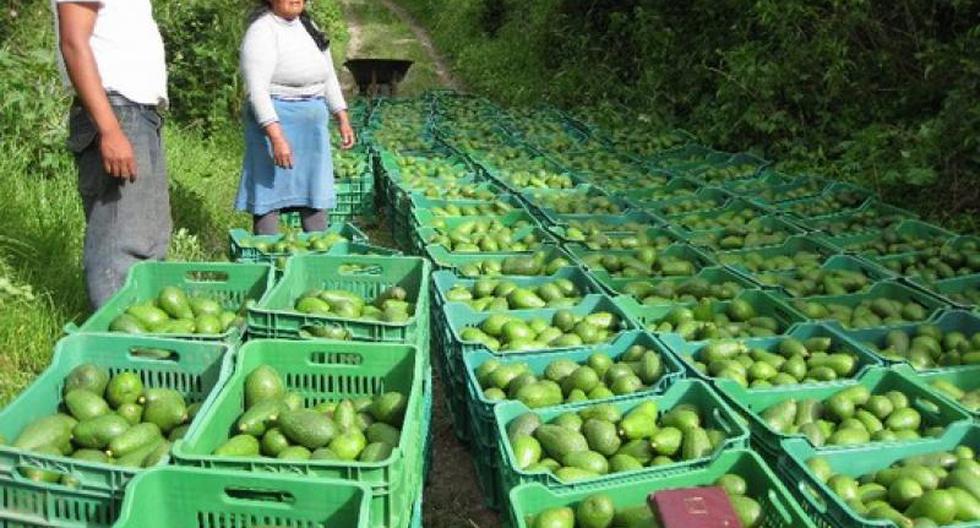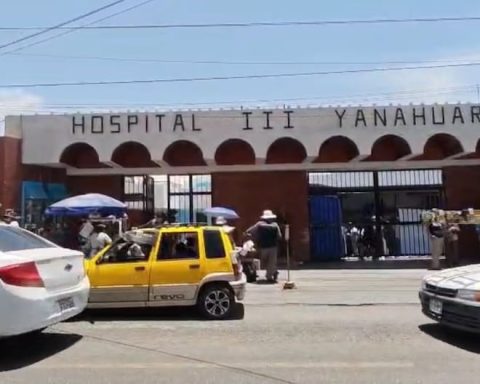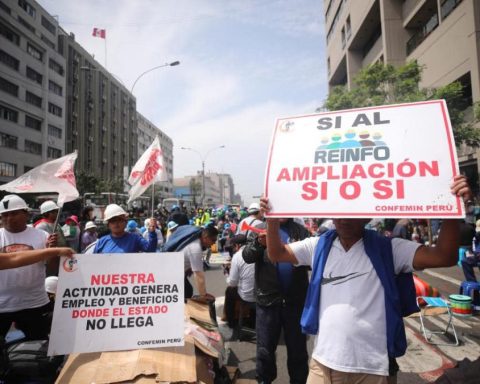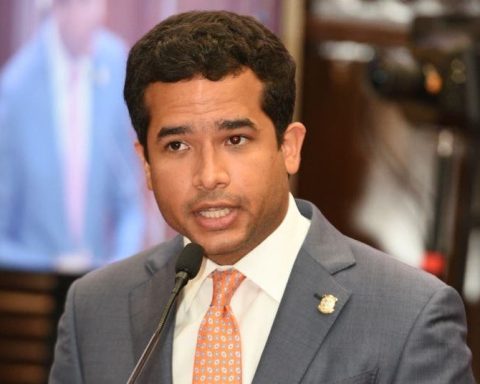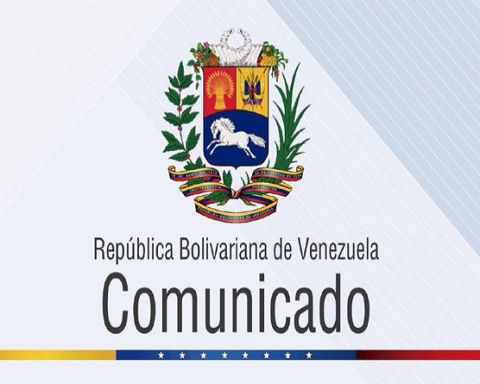The rains that are recorded in the north of the country not only affect people, their homes and the infrastructure of the area, but also hit agriculture. The president of the Association of Producers and Exporters of Avocado Hass from Peru, Juan Carlos Paredes, explained that there is approximately US$600 million of this product at risk from Cyclone Yaku.
He explained that avocado production is sensitive to this phenomenon, mainly in Chiclayo and Trujillo, and pointed out that the harvest in several places has already begun this month, although it is carried out with greater force in May.
In this regard, the executive director of the Association of Agricultural Producers Guilds of Peru (AGAP), Gabriel Amaro, explained that, as long as the rains are continuous, this could end up harming the entire agricultural sector and not just the avocado.
“When talking about the US$600 million that could be lost in avocado production, it will depend on how aggressive the rains are and if they last for a long and continuous period,” he added.
In this sense, he pointed out that agro-exports and small agriculture would be the most affected sectors.
“Those who suffer are the small plots that are not prepared. In agriculture, many producers have already taken drainage systems as a precaution, but not all of them do,” he added.
For his part, the expert on agrarian issues, Fernando Cillóniz, pointed out that when the rivers overflow, they destroy the fields, but especially those that are closer to the banks.
“Where there is drainage there is no problem. In addition, it must be taken into account that these rains allow the reservoirs to fill up and that is good for agriculture, ”he added.
EL NIÑO PHENOMENON
What has been talked about up to now, but not yet its magnitude, is the El Niño phenomenon. It must be remembered that, in 2017, when it hit the country, it caused damage to the agricultural and livestock sector of between S/2,000 and S/3,000 million. The head of the Institute of Economics and Business Development of the Lima Chamber of Commerce (CCL), Óscar Chávez, explained that, should this phenomenon occur, it could hit the regions of Tumbes, La Libertad, Áncash, Lambayeque and Piura, which contribute between 16% and 17% of the national GDP.
“What must be taken into account is that every time El Niño has been registered in the country, its impact has been decreasing because surely experience has been learned,” he said.
Although he indicated that it is still premature to give an estimate of how much it would affect, since he specified that its magnitude and intensity have yet to be known, he did indicate that it would mean less growth. The CCL currently estimates that the GDP will advance 2.4% this 2023.
In the same way, he explained that it would cause inflation to take longer to return to the target range of the Central Reserve Bank (between 1% and 3%).
VIDEO RECOMMENDED
